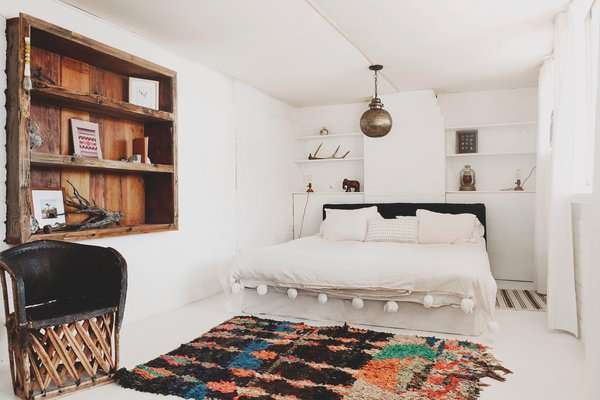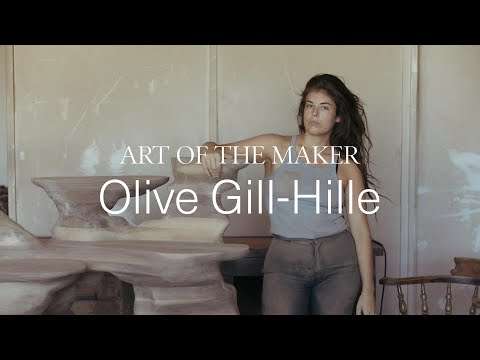With nearly 9 million visitors a year, the Louvre Museum is the world’s most renowned art museum, home to masterpieces like the Mona Lisa, Venus de Milo, and Nike of Samothrace.
Beyond its vast collection, the museum is an architectural masterpiece. The Louvre’s architectural history—spanning eight centuries of structural development—is outlined in a timeline video published by the museum, featuring a 3D model of its evolution.
The video begins with the Louvre’s origins in the late 12th to 13th century, when King Philippe Auguste built it as a defensive fortress between the Seine River and the city’s walls. A century and a half later, as the walls were expanded, King Charles V converted the fortress into a royal residence. The first monarch to use it permanently was Francis I, whose son, Henri II, initiated the first wing of the modern palace in the French Renaissance architectural style.
Henri II’s widow, Catherine de Medici, began executing her vision for the Tuileries Palace and gardens on the right bank of the Seine, outside the city walls. In 1595, King Henri IV sought to enlarge and embellish the site by constructing the 460-meter-long Grande Galerie along the Seine, connecting the Louvre and Tuileries Palaces. Completed in 1607, it became the longest building in Europe. Louis XIV built on Henri IV’s ambition and expanded the Cour Carrée, one of the main courtyards, and the Tuileries Palace before moving to Versailles.
During the French Revolution, the National Assembly transformed the Louvre into a museum. Its doors opened on August 10, 1793, with an exhibition of 537 paintings. Napoleon I later added the Arc de Triomphe du Carrousel to the Tuileries Gardens and another gallery, while Napoleon III completed the centuries-long unification of the Louvre and Tuileries by adding wings on the northern and southern sides of what is now the Cour Napoléon.
A fire destroyed the Tuileries on May 23, 1871. It was during the suppression of the Paris Commune when 12 men, under the orders of chief military commander Jules Bergeret, set the palace ablaze with petroleum, tar, and turpentine. Luckily, the rest of the architectural masterpiece survived.
Now, in the center of the Cour Napoléon, stands the Louvre’s Pyramid: a controversial 1989 addition by Chinese-American architect Ieoh Ming Pei. Though initially criticized for its modernist clash with the classic French Renaissance style, the pyramid has undoubtedly become the symbol that best represents the museum. It adds a contemporary touch to the centuries of architectural history that characterizes the Louvre.
The Louvre Museum, the world’s most renowned art museum in Paris, France, has evolved over eight centuries.


Photo: Shubhika Bharathwaj via Flickr (CC BY-NC-ND 2.0)
Originally built as a fortress by King Philippe Auguste, it was later transformed into a royal residence with notable expansions under rulers like Henri IV and Napoleon III.


Photo: Trey Ratcliff via Flickr (CC BY-NC-SA 2.0)
The Louvre became a museum in 1793, and the iconic pyramid, designed by architect Ieoh Ming Pei, was added in 1989.


Photo: Pedro Szekely via Flickr (CC BY-SA 2.0)
Source: The Architectural History of the Louvre: 800 Years in Three Minutes; The Louvre: 800 years of history
Related Articles:
Louvre Museum Plans New Grand Entrance Through Global Architecture Competition
You Can Now Virtually Walk the Halls of the Louvre’s Amazing Art Collection
The Louvre’s First-Ever Fashion Exhibition Is a Sprawling Ode to Haute Couture’s Lavish History





